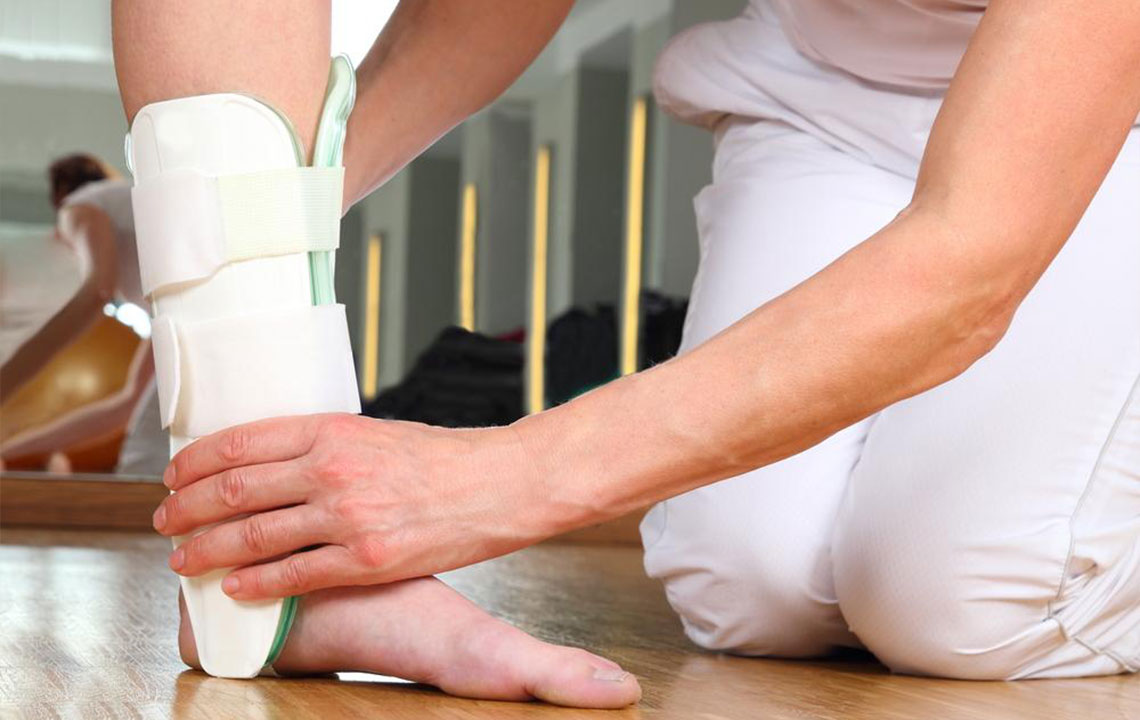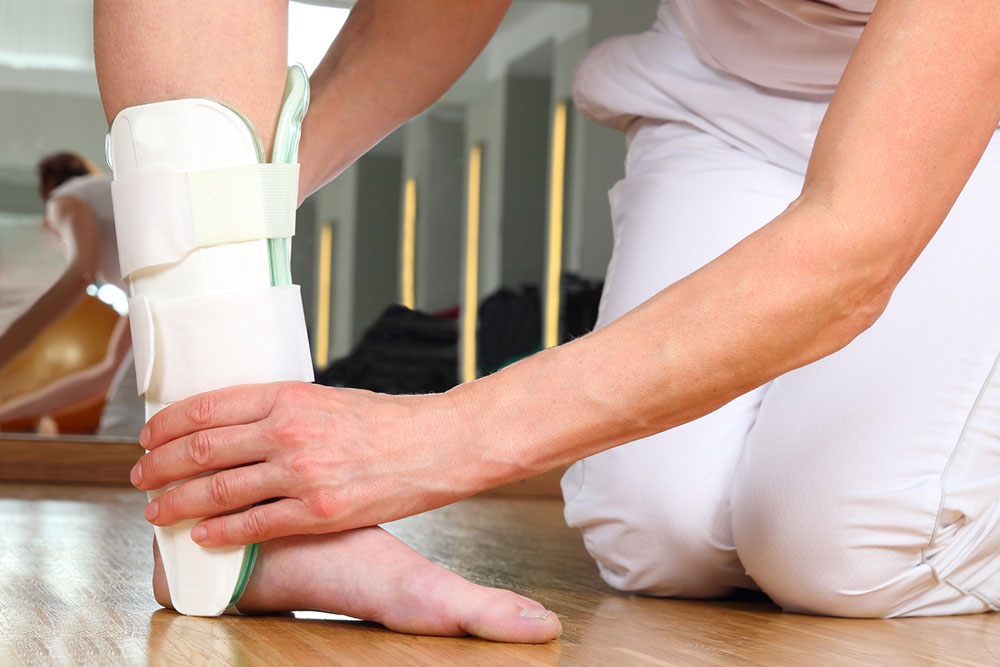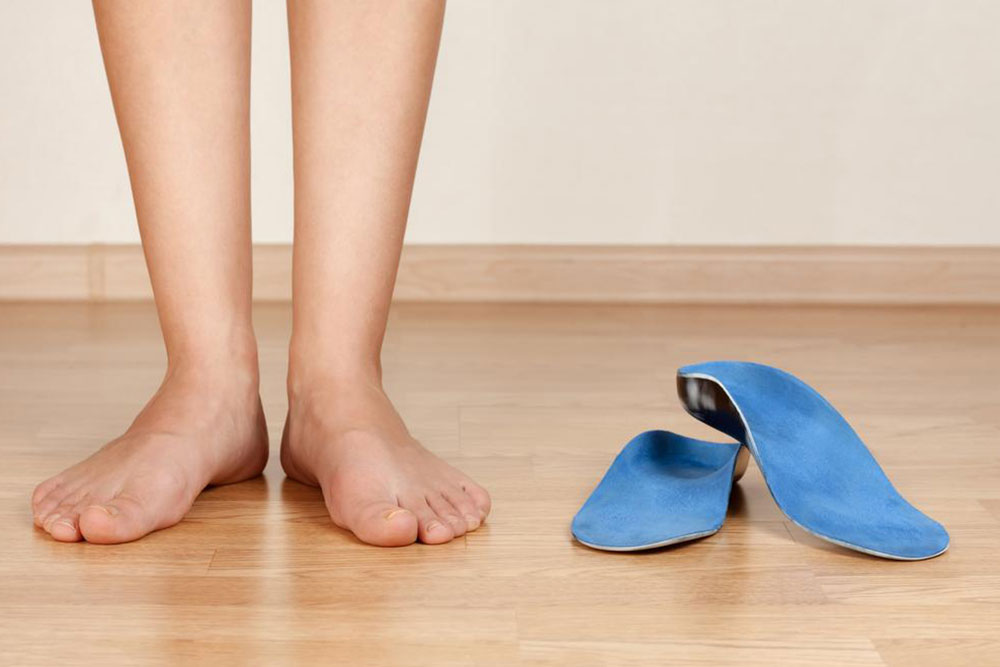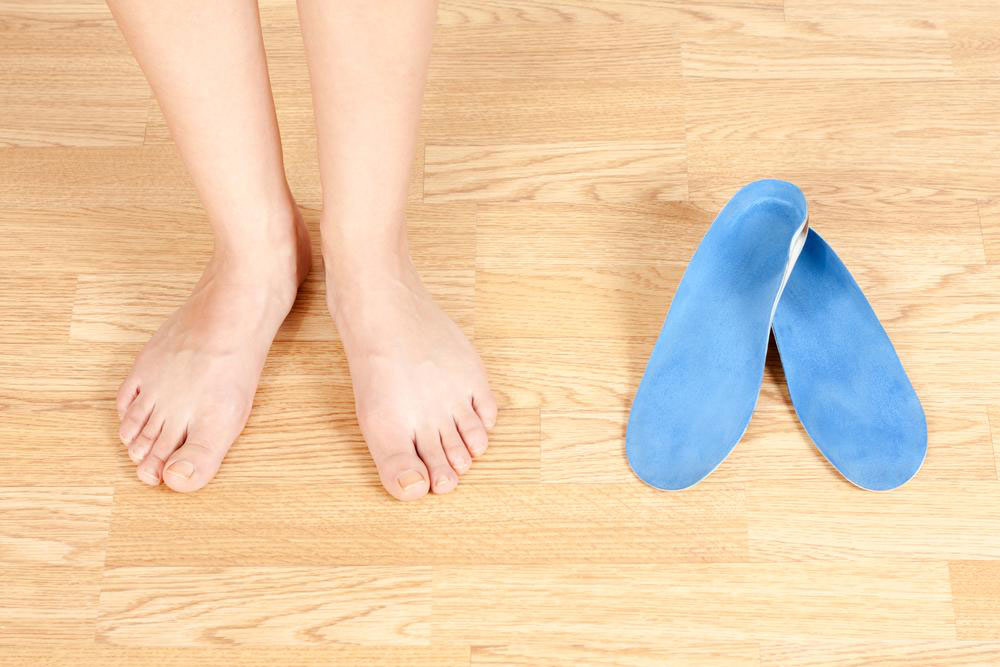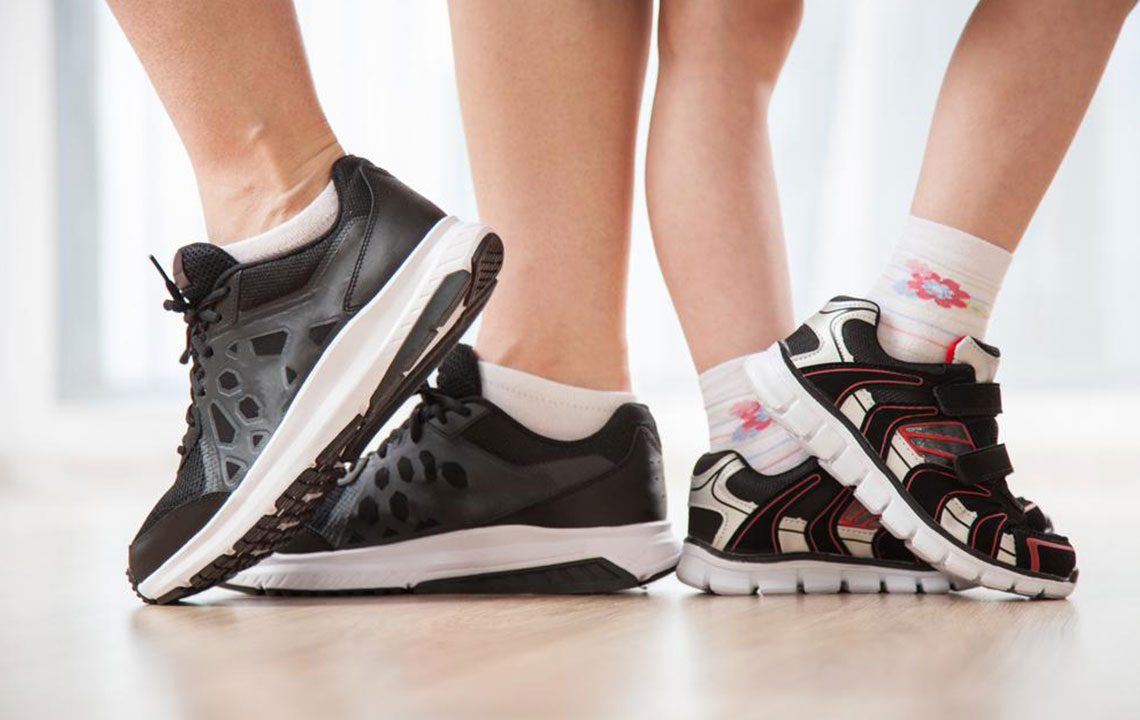Effective Solutions for Managing Drop Foot: Choosing the Right Orthopedic Braces
Discover the best solutions for managing drop foot with tailored orthotic braces. Learn about different brace types, their benefits, and how proper selection can improve walking and quality of life. Consult healthcare professionals for personalized advice to find the most suitable support for your needs.
Sponsored
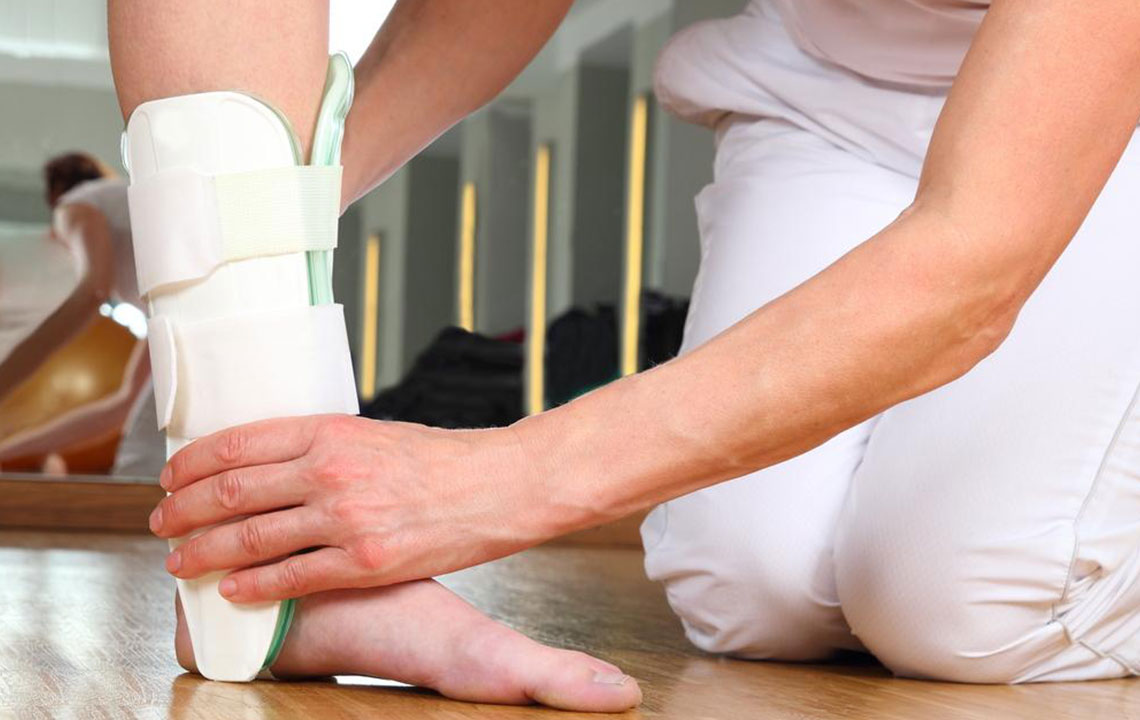
Drop foot occurs when the muscles controlling ankle movement weaken or malfunction, making it hard to lift the front part of the foot. This results in difficulty with normal walking, often causing patients to drag their toes or lift their leg higher to clear the ground. The condition affects the ability to perform plantar flexion and dorsiflexion, essential for smooth foot movement. Patients often compensate by swinging their leg outward or using their hip muscles, leading to an unnatural gait. Drop foot can impact one or both feet and stems from various underlying health issues.
Foot drop is a symptom rather than a disease, with causes such as stroke, multiple sclerosis, cerebral palsy, polio, or nerve injuries. Treatment options vary depending on the root cause, with orthopedic braces playing a key role in improving mobility. These braces support the foot and ankle, promoting a more natural walk and reducing discomfort. Depending on individual needs and budget, patients can choose from custom or prefabricated options tailored to their condition.
Different Types of Drop Foot Braces:
Short Leg Brace with Fixed Hinge: Suitable for patients with flat feet, this lightweight brace maintains the foot at a 90-degree angle, offering firm support. It is ideal for stroke survivors and those with specific nerve conditions but limits ankle movement, possibly affecting walking comfort.
Dorsiflexion Assist Orthosis: An improved version that incorporates a spring hinge allowing ankle mobility, this brace facilitates natural toe lifting. It's best suited for individuals under 6 feet tall and weighing less than 225 pounds.
Plantarflexion Stop AFO: Designed to prevent downward pointing of the foot while permitting upward movement, this brace is effective for severe drop foot cases but may be bulky for some users.
Solid Ankle-Foot Orthosis: Restricts movement in both directions, providing stability for patients with complete muscle weakness or knee instability, ensuring safe walking support.
Energy Return Braces: Made with carbon graphite, these lightweight braces help with dorsiflexion by offering flexible support and excellent control, enhancing mobility and comfort.
While investing in quality braces can significantly improve gait, individual responses vary. It may take trying several options to find the most comfortable and effective fit under medical guidance. Accessories like arch supports, specialized socks, and stable shoes enhance brace functionality, offering additional comfort and stability.

